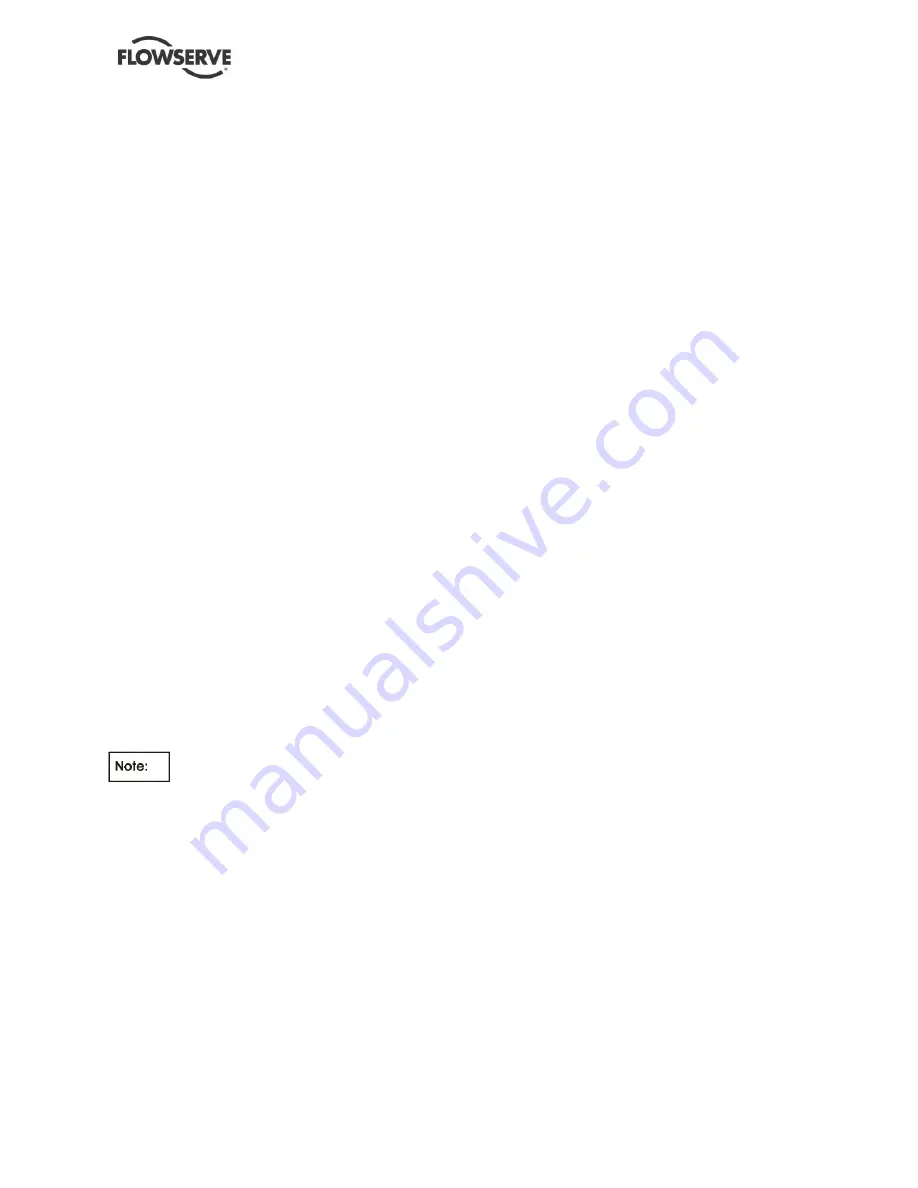
WIK USER INSTRUCTIONS ENGLISH BO2662 5/09
Page 30 of 76
new section fabricated, or lube oil reservoir is
repaired.
5.1.2.4 Servicing empty lube oil system
The principal steps in servicing your pump are
outlined below:
1) See that lube oil reservoir, lube oil cooler, filter,
and other points in lube oil system where water
or condensation could accumulate are dry.
2) Close reservoir, heat exchanger, and filter drain
valves, and any other drain valves in piping (see
lube oil system schematic drawing).
3) Fill reservoir with lube oil that is specified in
section 10.3 until lube oil level in level glass
rises to maximum mark on glass. If there is no
mark, lube oil level should rise higher than 1/2
but no more than 2/3 of the length of the glass.
Reinstall reservoir cover.
4) If lube oil console is equipped with temperature
controllers, verify that its air regulators are
adjusted to the pressure specified by the lube oil
console manufacturer and the temperature
controller setting is as specified in lube oil
schematic drawing.
5) See lube oil schematic drawing in the back of
this manual, and line up hand-operated isolation
valves so that flow from the auxiliary or spare
lube oil pump is through the system. Start
auxiliary lube oil pump and verify that pressure
gauge on the lube oil console panel reads the
pressure specified on the lube oil schematic
drawing in the back of this manual; or in the
vendor's instructions in the section 10; or in your
plant data file; as applicable.
To identify an individual valve that is
normally closed during lube oil system operation,
see the lube oil schematic in the back of this manual.
Any valve that is not shown in the schematic as
normally closed is normally open.
6) Position hand-operated lube oil system valves
as follows:
a) Open all isolation valves in discharge piping,
return piping, and instrument lines and all
vent valves in the filter and heat exchanger
b) Close all valves in the bypass piping for the
back pressure control valve, heat exchanger,
temperature control valve, and filter
c) Close all lube oil instrument panel test
valves, and all drain valves on the low level
switch, reservoir, heat exchanger, and filter
7) Start auxiliary or spare lube oil pump and
operate it until the system is filled with lube oil
and all air is expelled from the system.
8) Close vent valves in the filter and heat
exchanger.
9) Shut down auxiliary or spare lube oil pump and
check level of lube oil reservoir.
5.1.2.5 Checking and replenishing lube oil
reservoir
Observe lube oil reservoir level glass: level of lube
oil should appear between minimum and maximum
level marks on the glass. If there are no marks, then
lube oil level should appear higher than 1/2 but less
than 2/3 of the length of the glass. To replenish
reservoir, fill reservoir with lube oil that is specified in
section 10.3 until lube oil level in level glass rises to
maximum mark on glass. If there is no mark, lube oil
level should rise higher than 1/2 but no more than
2/3 of the length of the glass. Reinstall reservoir
cover.
If lube oil system is equipped with an accumulator
(see lube oil schematic in the back of this manual),
make certain that lube oil pressure is zero, then
check its pre-charge: gauge should read the
pressure specified in Section 10 or lube oil
schematic drawing. To service the accumulator, see
manufacturer's instructions in section 10.
5.1.2.6 Inspecting components
If step 4. of section 5.1.2.1 has not been complied
with, immediately before warm-up, check all auxiliary
components such as indicators, filters, heat
exchangers, control panels, terminal boxes and
housings, motors, auxiliary pumps, and valves for
damage, installation, cleanliness, and security.
5.1.2.7 Inspecting pump, driver, and piping
Immediately before warm-up, inspect pump, driver,
and their associated equipment and piping for
cleanliness, evidence of leakage, damage,
installation, and security.
5.1.2.8 Warming up pump
When temperature of the pumped fluid is above
121°C (250°F), warm up pump before starting as
follows:
1) Ensure:
a) Hand-operated valves are positioned as
required in step 6 of section 5.1.2.4
b) Lube oil reservoir is at level required in
section 5.1.2.5.
c) Inspections required above did not reveal
any discrepancies which could not be
corrected
















































